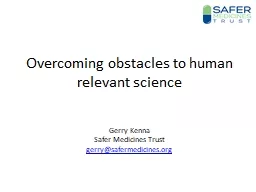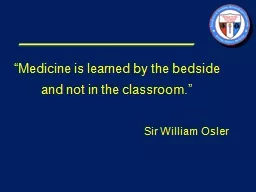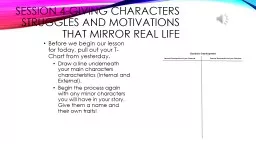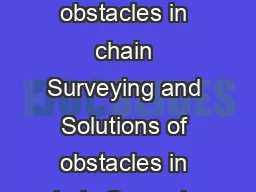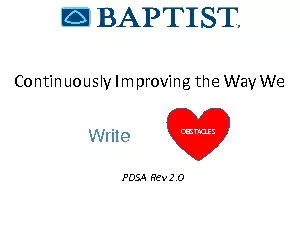PPT-Overcoming obstacles to human relevant science
Author : kinohear | Published Date : 2020-08-03
Gerry Kenna Safer Medicines Trust gerrysafermedicinesorg Outline of presentation Where we are right now Where we need to be Obstacles hindering change How can we
Presentation Embed Code
Download Presentation
Download Presentation The PPT/PDF document "Overcoming obstacles to human relevant s..." is the property of its rightful owner. Permission is granted to download and print the materials on this website for personal, non-commercial use only, and to display it on your personal computer provided you do not modify the materials and that you retain all copyright notices contained in the materials. By downloading content from our website, you accept the terms of this agreement.
Overcoming obstacles to human relevant science: Transcript
Download Rules Of Document
"Overcoming obstacles to human relevant science"The content belongs to its owner. You may download and print it for personal use, without modification, and keep all copyright notices. By downloading, you agree to these terms.
Related Documents

